Where is the Video Game Industry Heading?
As we enter the back half of the current console generation's lifecycle, what's next for the games industry?
The year is 1985. For some of you, that’s a mythical time in which the Demogorgon was a problem, and Hair Metal was the solution. For others, it was only 20 years ago, and I’m not here to tell you any differently. The video game market around this time was holding on for dear life after people decided the four hundredth pong clone was one too many, but just as things were at their most bleak a saviour set foot on North American soil. Roughly two years after it launched in Japan, Nintendo’s Famicom hit shelves in the US cosplaying as a VCR under the name Nintendo Entertainment System. It was incredibly popular – so much so that by 1991 Nintendo had sold close to 30 million NES consoles in the US alone. Not long after that, the Super Nintendo would enter the picture along with its biggest rival the Sega Genesis which propelled the market forward at a breakneck pace. Gaming was saved.
Fast forward 20 years…definitely, totally, 100 percent only 20 years. The year is 2024, and the gaming space has long since gone through its angsty teenage years, its conflicted yet curious early adulthood, and has now entered that awkward phase where buying a sports car seems a reasonable solution to avoiding bankruptcy. The console wars are over, much to the chagrin of a few thousand millennials on social media who never got the message that Neogaf can’t hurt them anymore. Mobile games aren’t just for soccer moms who spend too much time in niche Facebook hobby groups – they’re actual games now. Xbox looks to be getting Playstation games, PlayStation has Xbox games, and PCs have everything except Bloodborne. Human sacrifice, dogs and cats living together…MASS HYSTERIA! Oh, and Nintendo is still doing its thing while outselling everyone – that hasn’t changed.
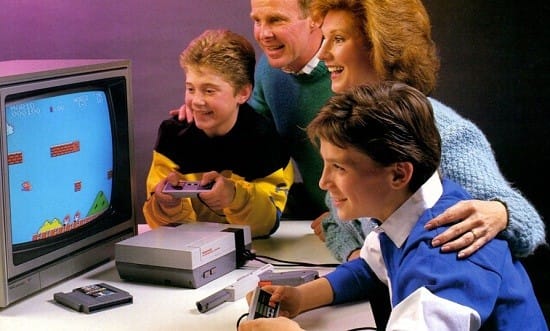
It's a pretty stark contrast to what the front half of the modern gaming era looked like. Where first-party exclusive titles and long-term 3rd party timed exclusives used to keep the various segments of the market siloed, much of that has begun to fade away in recent years. This is happening while the digital-first era has begun with game publishers and consumers pushing for less and less physical media, and console producers are spending big money on trying to figure out how to position themselves for the next big shift in video game content consumption. Tools to make games are more widely available than ever before which has led to more video games being released per year than we’ve ever seen previously. At the same time, the AAA and newly minted AAAA market is spending more time and more money than at any other point in the industry’s history, even if you account for inflation, and consolidation of development studios has homogenized the landscape considerably. There’s a lot going on all at once, and I wouldn’t blame you if a single Demogorgon and men with impressively blown-out hair sounds like a more appealing scenario.
So, what then does the near future hold for the video game market? What are we likely to expect given current trends and what we’ve been directly told? I find this to be a pretty fascinating subject because it feels like it could go in any number of directions, and the stakes are quite high for everyone involved, so let’s explore what the big three might be up to by the time neon pink and green windbreakers become unironically fashionable again…again, and what the market, in general, might look like.
“What we’re really focused on…is delivering the largest technical leap you will have ever seen in a hardware generation, which makes it better for players and better for the creators and the visions that they’re building.” That’s a quote from Sarah Bond, the current president of Xbox and overseer of new console developments for the brand. It’s a quote that has a lot of people curious, to say the least, as all signs were pointing toward Xbox perhaps limping through one more round of physical hardware before making a retreat to Game Pass and Xcloud (though the latter seems to be spinning its wheels). Breadcrumbs left around across the industry indicate that Xbox’s next console could be an ARM-based product instead of an AMD omnibox – a move that would certainly change things dramatically.

This move is made complicated, though, by the recent announcement of a games preservation team at Microsoft – an entire team dedicated to forward and backward compatibility in games as we enter a digital-only future that threatens the availability of many games long-term. An ARM-based box would require one hell of an emulation and/or translation layer to be able to provide a smooth experience playing old x86-based games. I’m sure Microsoft could pull it off, but nevertheless, it would be quite the feat. It’s also entirely possible that Xbox will simply have more hardware SKUs to cover their bases but given the relatively weak showing the Xbox Series consoles have had sales-wise, moving to even more SKUs might not be worth it. We won’t have to wait that long to find out, because the next round of Xbox consoles is apparently targeting a 2028 window.
Regardless of what path they take with their next console, Microsoft’s plans for Xbox are centred heavily around one thing – Game Pass. Games as a service in the most macro level sense, Game Pass sits in about as close to a blue ocean market as a tech giant could hope for. That’s not happening by accident, of course, as Microsoft has spent and continues to spend astronomical amounts of money to essentially create this new market. I say new market, but that’s sort of like calling the used car you just bought new – it’s new to you, but someone definitely already tested the structural integrity of the back seats. Coincidentally, one of the earliest examples of a similar service was for the Sega Genesis. The Sega Channel was literally what it sounds like – a TV channel that allowed you to play provided games for a monthly fee. Launching in 1994, The Sega Channel is the vinyl record to Game Pass’ MP3. A friend of mine had it growing up, and my mind was completely blown by it. In fact, it was via the Sega Channel that I first played Gunstar Heroes. There was something like 150 games in total that you could play before the service shut down in 1998. So, while Game Pass is absolutely creating a new market in a broad sense, it’s not the first to try.
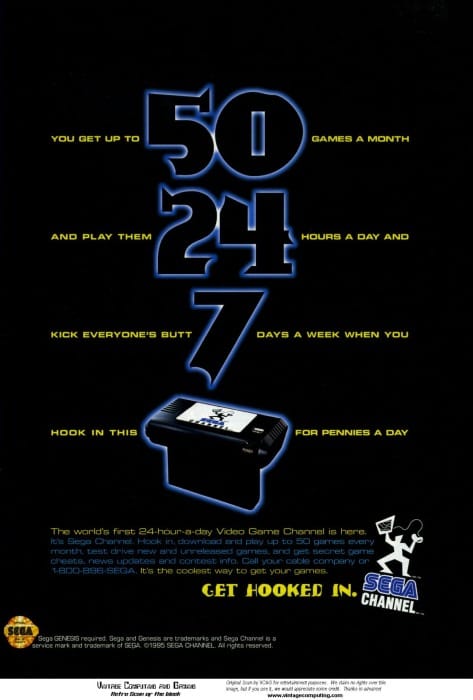
We’ve all heard Phil Spencer mention that the goal for Xbox is to have as many people be able to play games on as many devices as possible. It’s certainly a strategy at least partially born out of necessity given Xbox’s position in the market since Don Mattrick nuked the momentum provided by the Xbox 360 from orbit. However, I also believe a good portion of it is born out of opportunity – opportunity in the form of financial strong arming, and the ever-increasing costs of major first-party titles to help move hardware like their competitors. My personal take on what the end goal for the Xbox brand is is that there’s a non-zero chance it morphs into a glorified video game publisher, leaving physical hardware behind as much as they can afford to – if not entirely. I think to some degree Steam is what Microsoft might like Xbox to be, except while leveraging Game Pass as a service and ownership of the Windows platform as a particularly potent asset.
As mentioned, Xbox games are officially making their debut on the PlayStation platform. This serves both the general goal of getting players playing games on as many platforms as possible, but it also allows Microsoft to provide more financial opportunities to their developers whose games aren’t necessarily console or service sellers. The first batch of these games included the incredibly popular Sea of Thieves, the surprise drop of 2023 Hi-Fi Rush, and the unique indie success, Pentiment. Sea of Thieves has done particularly well despite still being in beta for the PS5 and has gone a long way in proving that this sort of strategy is a wise move. I suspect we’ll be seeing Playstation do something similar in the future.
Ultimately, we know that with some level of accuracy, Microsoft has imposed a 2027 deadline to make Game Pass and the Xbox brand a particular financial success. If that’s the case, then we can look forward to them making some major moves between now and then to prove the brand’s worth. I have a feeling this next period is going to be Phil Spencer’s swan song whether it’s a success or not, and so I look forward to seeing how all of this comes together over the next few years.
Sony has a much more clouded future in that we don’t quite know as much about their plans as we do Xbox, but given some of their more recent moves, we can get a picture of what it might partially look like. Sony Interactive Entertainment recently saw its president Jim Ryan step down after roughly 5 years in the role and 30 years at the company. Jim’s tenure as CEO is a heavily debated one as he brought a very different approach to the brand compared to his predecessors. Marked most pointedly by his heavy investment into live service games, Jim Ryan’s impact long term has yet to be seen as PlayStation begins to feel the effects of the broader market and the pressures of a looming Microsoft seemingly ready to outspend everyone to reclaim lost ground.
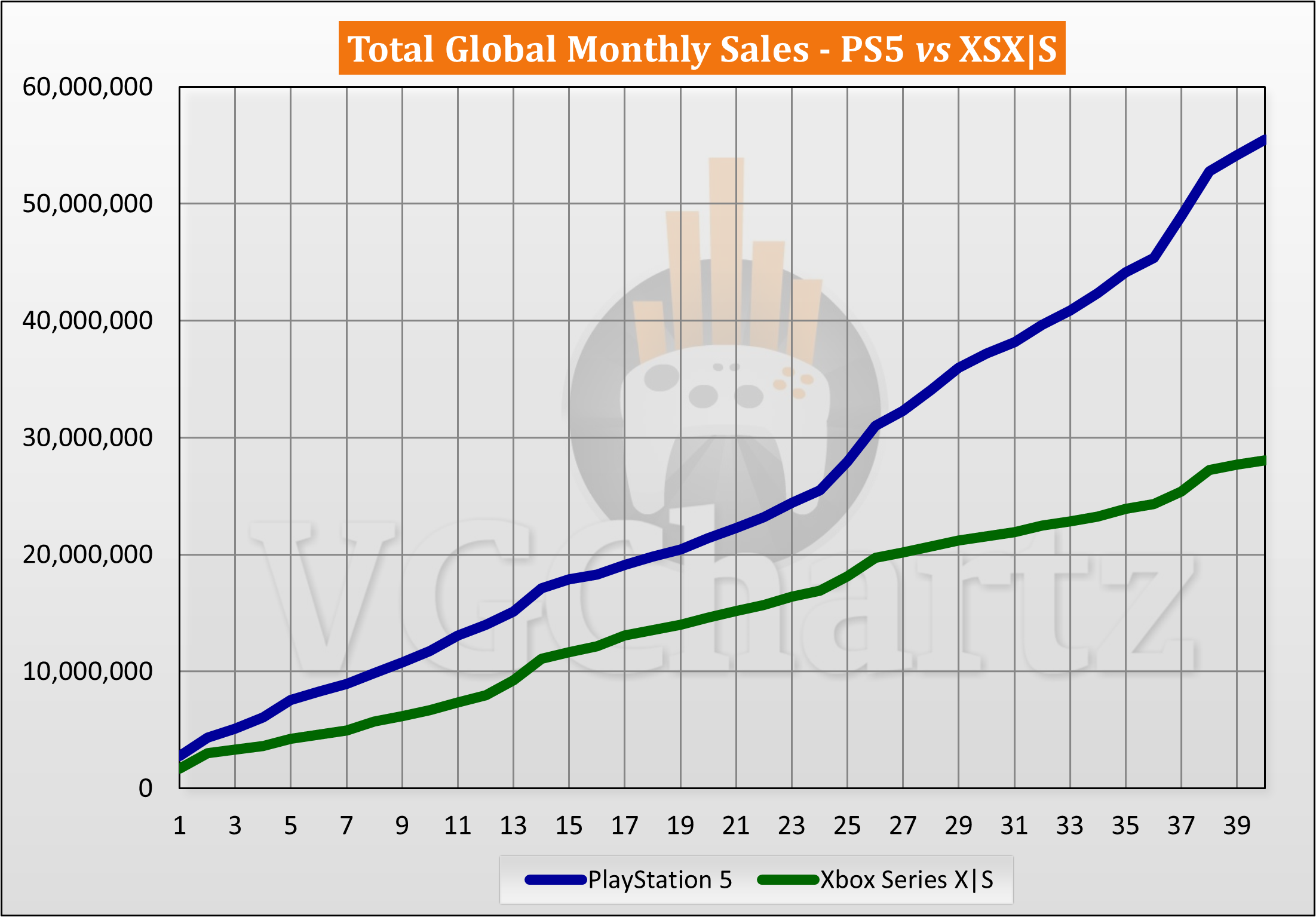
Positionally, Playstation’s hardware presence and brand strength are far better than that of their primary competitor in Xbox, having outsold them two to one with 54 million consoles sold. To some degree, however, this is suffering from success. On one hand, their success was built significantly by producing top-tier first-party exclusive titles like The Last of Us, Spider-Man, and God of War. On the other hand, that broader market is making that strategy more and more difficult to maintain due to rising development costs and time to completion for games in this category. Marvel’s Spider-Man 2 saw the insanely talented Insomniac Games spend close to $300M without marketing. To put that into perspective, Sony bought Insomniac Games outright for $229M just five years ago in 2019.
We’re starting to see Sony break away from relying on their own console hardware sales to provide a large enough market to shoulder these kinds of development costs in their biggest games. Specifically, Sony has begun the initiative to port more of their games to the PC – a move that has seen substantial sales for titles like Horizon Zero Dawn, and its sequel Horizon Forbidden West. It’s possible we’ll also be seeing select titles go to the Xbox, as well. Kena: Bridge of Spirits has been given an ESRB rating for an Xbox version of the game and it’s a move that would certainly make sense given it would fit that similar strategy Xbox is following for games it’s choosing to release on the PlayStation. While it makes the most sense for PlayStation to get its games on the PC, it would stand to reason that there would be some titles which could benefit from some Xbox sales as well.
Of course, the biggest hurdle for Playstation is that it isn’t owned by Microsoft. While Phil has stated many times that he still has to run a profitable business, it’s very clear how much more money Xbox has available to them than PlayStation when it comes to making certain moves. There is no greater example of this than Microsoft’s acquisition of Activision Blizzard King for more than $70 billion. Sony’s largest acquisition in the gaming space was in 2022 when they bought out Destiny developer Bungie for $3.6 billion – a purchase that has been argued as being overvalued in more recent times. Comparatively, PlayStation is on a strict budget despite its current market domination. This leaves them with fewer options, or at the very least it leaves them with fewer options they can act upon in a shorter timeframe.
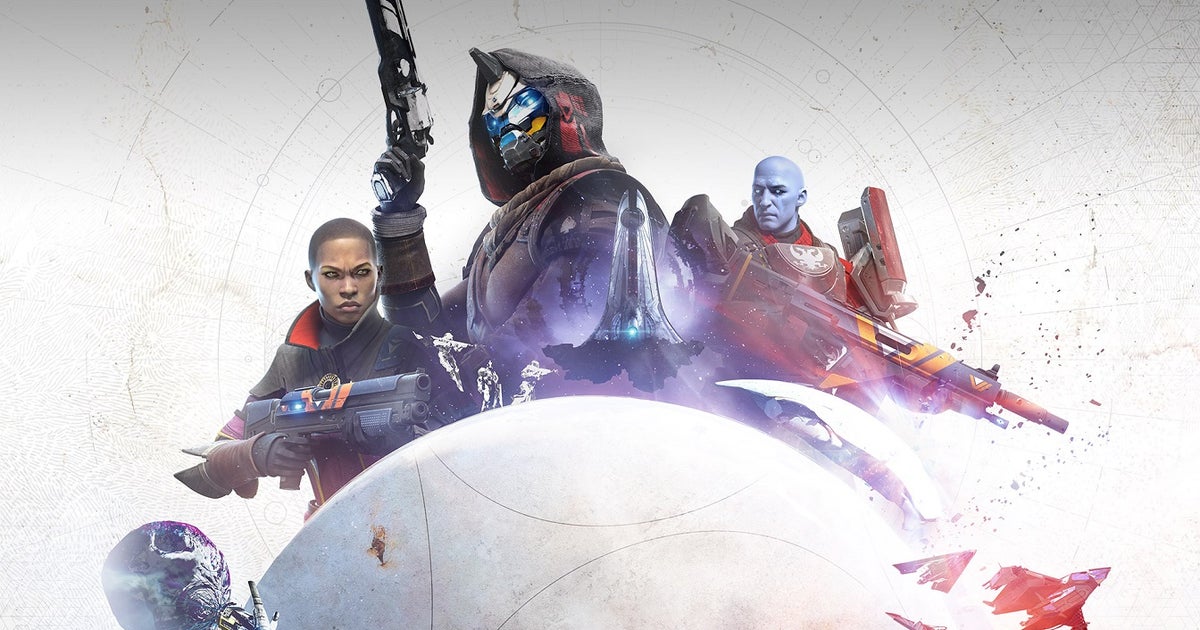
Like Game Pass, Sony has their own service in the space trying to gain more traction. PlayStation Plus is a multi-tiered service that offers a huge library of some 400 PS4 and PS5 games which users can also download to play with the top tier giving players a larger collection that includes PS3 titles to be cloud streamed, as well a variety of PS1, PS2, and PSP games to stream or download. These kinds of services are not cheap to run, and there is growing concern about whether they’re viable long-term at all – a future that is seemingly more easily reached for those with more funds. Clearly, this is a market that Sony wants to be a part of, and so I suspect they will continue to invest in it accordingly despite having to understandably be more measured about it. Sony’s plans at least for the near future still seems to be much more reliant upon what’s worked for them up to this point, and that’s selling more consoles.
Speaking of selling more consoles, Sony is moving into their mid-cycle refresh for the PS5. The PS5 Pro is reportedly to arrive in late 2024, and similar to the PS4 Pro brings with it a noticeable bump in performance to carry the console through the end of the current generation. If Microsoft is loosely targeting a 2028 window for their next console launch, then I would imagine Playstation 6 will also arrive in a similar window. It’s hard to imagine PlayStation trying anything really fancy or unique for the Playstation 6 – it’s not really their style. An attempt at having the most powerful console is likely the one major box to be checked but given the success of the Nintendo Switch and Playstation flirting with a handheld device in the Portal, I’m beginning to wonder how much further down the handheld road they might be willing to go.
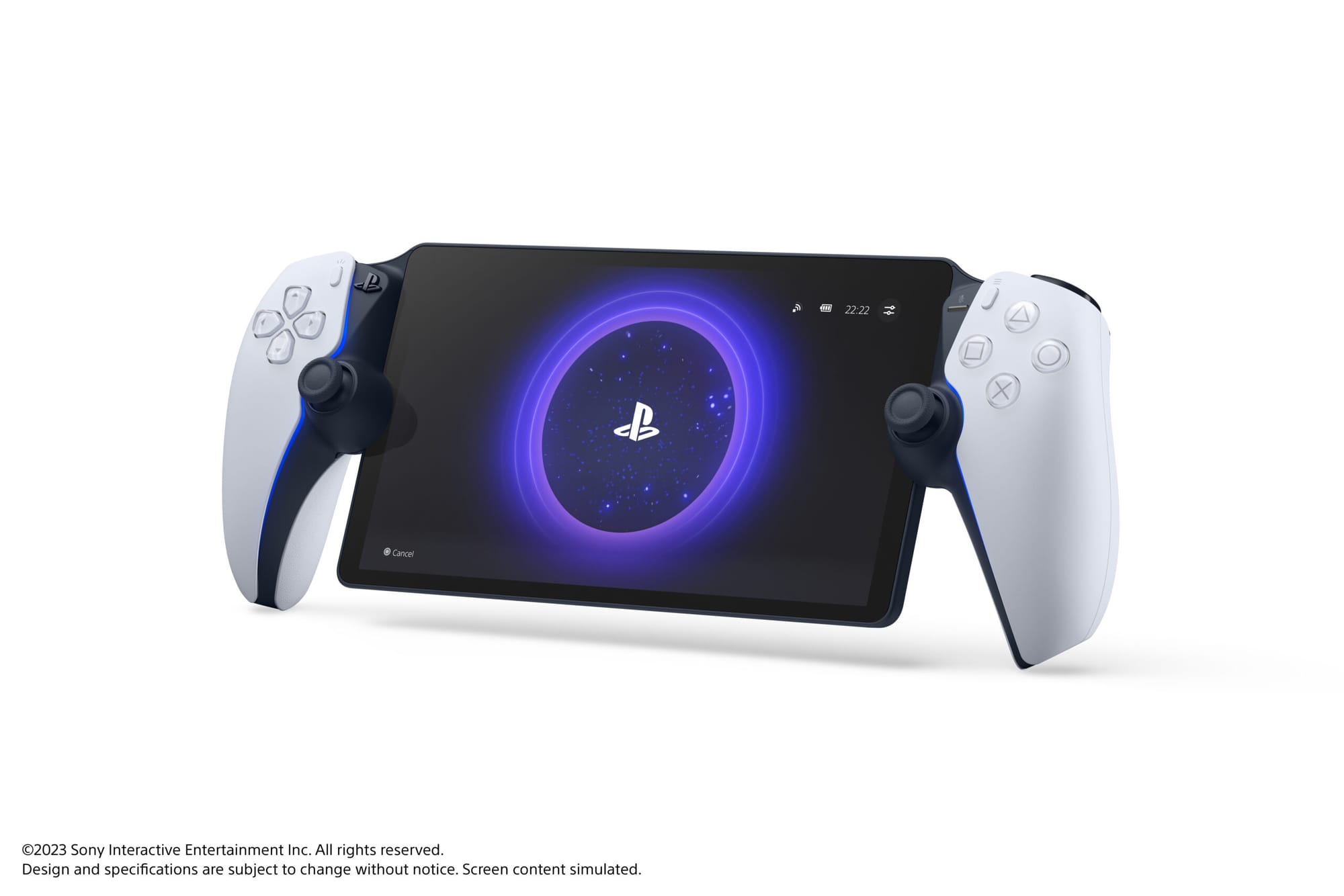
Perhaps the biggest wildcard for PlayStation is their support for the PSVR – not just the PSVR2, but VR in general. They’ve more or less limped through their support even after a pretty flashy introduction of the latest model and given the VR market has yet to prove the mainstream is ready for it, I’m most interested in whether or not PlayStation will continue to bet on the format moving forward. It might be the case that given prevailing market shifts – all of which being incredibly costly – Sony may have to be laser-focused in the coming years to maintain its position long-term despite how well things seem to be going from the outside. I don’t think they’ve got a Fast and Furious-level runway ahead of them, but it would be foolish to bet against PlayStation.
As for Nintendo…well they’re Nintendo. Profound, I know. If there was ever a time in which Nintendo directly competed with other console manufacturers, it would have been in the 90s when the Super Nintendo did battle with the Sega Genesis. Sega does what Nintendon’t is the most well-known ad campaign of that era, and while Sega did very well it would be Nintendo who came out on top. Going into the following generation, fallout between Sony and Nintendo who were collaborating on a console would lead to the creation of the Playstation that competed directly with the Nintendo 64. As console generations came and went, the competition between Playstation and Nintendo became less and less direct as the targeted demographics for both systems became more dissimilar. The Xbox never competed directly with Nintendo, and so by the time the Nintendo Wii came around, Nintendo had all but separated itself from its competitors, leaving Sony and Xbox to fight amongst themselves.
Of the three, Nintendo is the most willing to take risks from a design perspective. This has always been the case as is evidenced by nearly every console from the N64 onward being so dramatically different from those previous – most notably with controllers. This isn’t just compared to Sony and Microsoft’s offerings, it’s true between their own systems. This hasn’t always led to great success from a hardware sales perspective – the best example of that being the stark contrast in sales between the Wii which sold over 100 million units and the Wii-U which sold an abysmal 13 million units. Nevertheless, Nintendo fearlessly continues to try new and innovative designs like with the Switch which has been so incredibly successful it begs the question if they are going to walk away from the form factor any time soon.
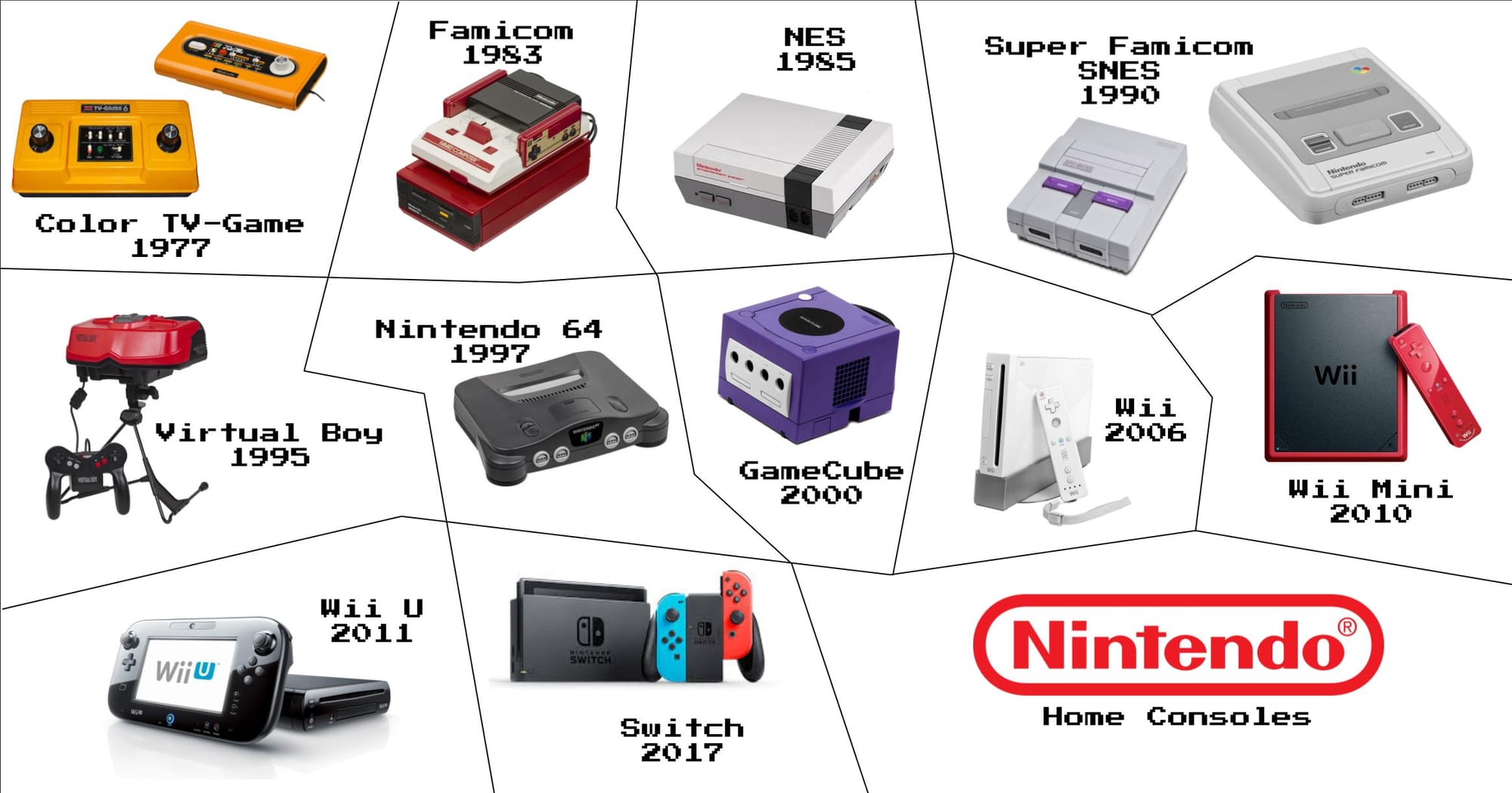
I think that it’s unlikely they completely turn away from the Switch’s general form factor. The hybrid nature of the Switch has successfully serviced a huge portion of both the on-the-couch gamer and gamers on the go alike. Obviously, it will be a significantly more powerful than its predecessor – not that that’s a high bar. If there is a God, it will target 1080p60 and have at least an 8-hour battery life which seems plausible given the current state of APUs. If there was a major change it would likely be related to how the console docks to display on your TV but even then I can’t imagine it would be a huge departure given the convenience of the dock being both a cradle charger and the connection to the TV. Outside of that, and given how much Nintendo loves their peripherals, it wouldn’t be shocking if that would be where most of the differentiation comes from.
Perhaps the most glaring difference between Nintendo and its competitors is their apparent disinterest in investing heavily in modern online functionality. This has always been the case, and perhaps the biggest question mark for Nintendo in the medium to long term revolves around how much longer they can avoid a more serious commitment to their online services. To this point, it hasn’t particularly hurt them, and I think that they enjoy this for the same reason they continue to sell incredible numbers of consoles that are comparatively weak – that reason being they still make “games.”
While much of the video game market has evolved to include a higher percentage of what I think aligns more closely with the term “interactive entertainment” and of course the games as a service model, Nintendo continues to produce video “games” in the more traditional sense. Their games leave more room for fun – more room for child-like joy regardless of the age of the player. They have enough of these games that are exclusive to their ecosystem that it’s arguably their biggest strength. These games appeal to an incredibly broad range of players globally. It’s the kind of product that children want, and the parents want, too. That’s an incredibly powerful position to be in, and Nintendo has owned that space now for decades without an ounce of outside pressure. Between having a winning formula in their console’s form factor, a nearly uncontested customer base, and enough leeway to adopt newer practices at a slower pace should they continue to choose to do so, it’s truly up to Nintendo as to how much evolution they commit to in the coming years – something Sony and Microsoft don’t get to enjoy nearly as much.
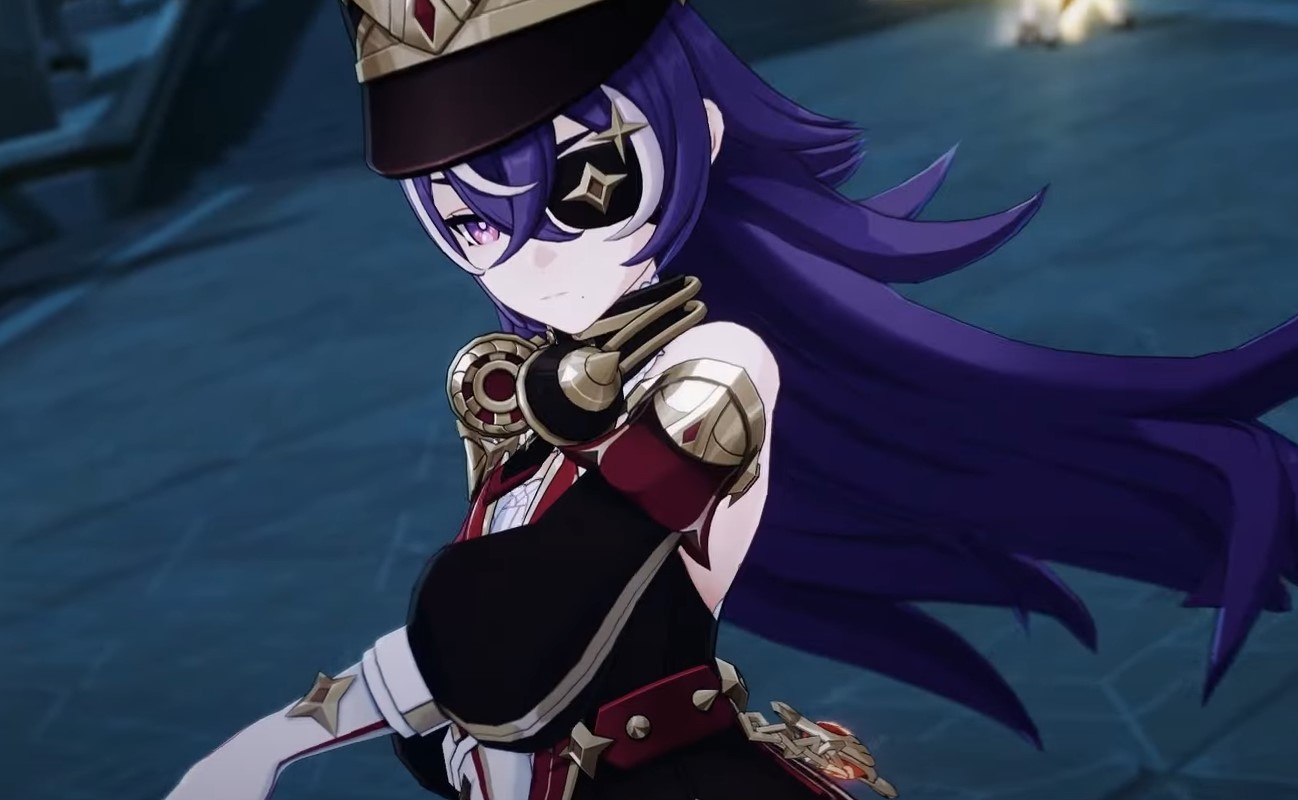
You’ve likely noticed we’ve avoided talking much about the mobile game market, and that’s because it’s still largely its own thing though that is changing. While the mobile game market has gotten closer and closer to merging with the traditional games market, it’s still its own animal. Microsoft, Sony, and Nintendo are all aware of the immense reach and financial potential of mobile gaming as evidenced by each of their moves to break into the market in more recent times. As mobile phones have become more powerful, it’s allowed more traditional games to break into the market and experience huge success. Minecraft, Fortnite, Call of Duty, PUBG, and others are prime examples of the traditional entering the mobile space, but we’re also starting to see the reverse. Genshin Impact feels like a watershed moment in particular, where a mobile-first gacha game crossed over into the console and PC space with great success, leading the way for other games to attempt to make the same move as the two markets continue to converge. These markets will continue to merge, and I would expect that there will be a continued effort to adopt traditionally mobile monetization strategies in the traditional console and PC market if only because suits will have a hard time ignoring the dollar signs and margins the mobile market enjoys.
Those same dollar signs influence another market-wide trend of big-budget games becoming huge-budget games. Similar to the movie industry where for years now many movies have been greenlit on the basis they become the next billion-dollar Marvel box office baby, many games are getting greenlit on the basis they may become the next Fortnite. Despite the hit rate of these games being incredibly low, and despite many developers folding following a single game failure under this ideology, the trend continues to drag on. As I said in my recent article about this very topic, I don’t think this is sustainable and while I don’t think that will stop many publishers from continuing to try anyway, I do believe that this will result in the explosion of a A and AA market – something we’re already seeing the first ripples of now.
Another market-wide influential trend is the amount of available player time being chewed up by a smaller group of monolithic, long-living games. Live service games like Fortnite, Minecraft, Roblox, Call of Duty, GTAV, and League of Legends account for some 60% of all playtime across the market. Before live service games existed to the extent they do now, while a small group of games always dominated the play time they weren’t holding those positions for a decade at a time. This leaves only 40% of available playtime for all other games to get their hands on which is no small issue not only for publishers and developers but console manufacturers as well. For this reason alone, Microsoft buying Minecraft is perhaps the greatest return on investment in the modern gaming era. These games have been called a black hole for good reason, and I believe that this trend will be the largest influence on the broader market moving forward – especially for Sony and Microsoft. Nintendo may be sheltered from this for a time, maybe even in perpetuity thanks to their model, but I’m sure they’re actively looking for ways to navigate these waters all the same.
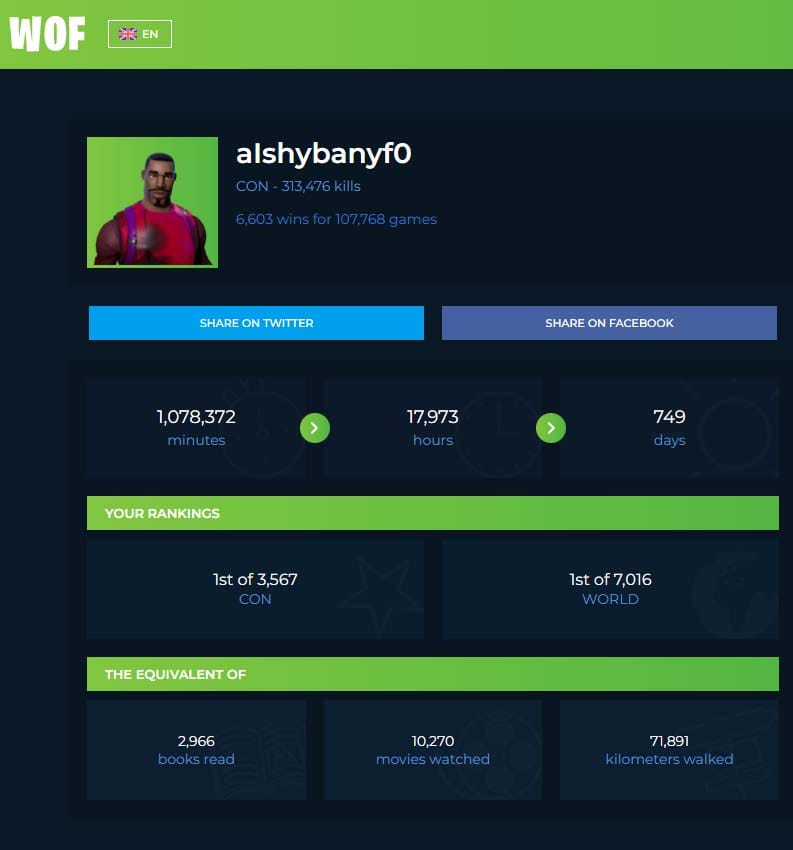
The last piece of the puzzle, and perhaps the most talked about amongst console gamers, is how much longer we are going to have physical consoles. We were already hearing rumours surrounding this very topic during the previous generation and now that we’re halfway through this generation with technology having advanced, we’re seeing it come up again. While Microsoft, Sony, and NVIDIA have all invested in video game streaming services for some time now to varying degrees, I still think we’re a very long way off it becoming more than a supplementary option for players – especially for streaming games outside of their local network. It’s one thing to stream games from a PC to another device on the same home network but it’s an entirely different thing to try and do the same thing from a server somewhere in another state, or even country. The reality is that there are still very few people with the perfect storm of great home networking hardware, and high-speed, quality internet services from local providers. Your connection is only as good as the weakest link and much of that chain is out of the control of the consumer. Until this hurdle is overcome, which for some major markets like the US will take some time yet, console hardware is unlikely to go away. For fun, if I had to guess how long it will be before bespoke hardware for games goes away entirely, I’d say we’re some 20 years away from that conversation becoming particularly serious.
If there’s one thing we know with certainty, it’s that we don’t really know anything with certainty. The video game market has morphed and evolved at an incredible pace in recent years and given the emerging technologies and markets we’re seeing now, predicting where we’re going to land in the coming years is a real challenge. It’s fun to try to guess at what’s to come, and it’s always interesting to see how it plays out in the end, but I certainly don’t envy those whose job it is to accurately gauge these shifts. What I do know is that gaming is bigger than it’s ever been before, and how the industry handles such success in the coming years will determine just how close we’re going to get to needing more than just Hair Metal to save us all once again. It’s the final countdown.



